Gözden kaçırmayın
 Turkish Marble: A Timeless Choice for Interior Design
Turkish Marble: A Timeless Choice for Interior DesignDemre, Turkey
- A limestone quarry in Demre, Antalya, is providing valuable insights into the ancient Lycian civilization. Daily operations at the quarry reveal scenes of ongoing excavation and processing of Lycian Royal Limestone, a material historically used in the construction of Lycian tombs, temples, and other significant structures. The quarry’s continued activity offers a rare opportunity to observe the extraction and utilization of this historically important stone.
- quality limestone found primarily in the Antalya region of Turkey. It is characterized by its fine grain, durability, and distinctive coloration, ranging from creamy white to light grey. The stone was prized by the Lycians, a civilization that flourished in the region from the 7th century BC to the 1st century AD. This limestone was not only aesthetically pleasing but also remarkably strong, making it ideal for enduring structures. Examples of its use can be seen in the elaborate rock-cut tombs of Myra, the ancient Lycian city near Demre, and other architectural marvels across the region.
- Extraction: Workers use modern equipment, including chainsaws and excavators, to carefully remove large blocks of limestone from the quarry face.
- Processing: The extracted blocks are then cut and shaped into various sizes and forms to meet the needs of modern construction and restoration projects.
- Quality Control: Experienced stone workers inspect each block to ensure it meets the required standards for strength, color, and texture.
- Restoration Projects: It is used to repair and restore ancient Lycian structures, ensuring the preservation of this important cultural heritage.
- Modern Construction: The stone is incorporated into modern buildings and decorative elements, bringing a touch of ancient history to contemporary designs.
- Sculpture and Art: Artists and sculptors use the limestone to create stunning works of art that showcase its natural beauty and unique characteristics.
The Significance of Lycian Royal Limestone
Lycian Royal Limestone is a unique, high
Daily Operations at the Demre Quarry
The quarry in Demre provides a glimpse into the process of extracting and preparing Lycian Royal Limestone for modern use. Daily activities include:
While modern techniques are employed, the process still echoes the methods used by the ancient Lycians, who relied on skilled craftsmanship and a deep understanding of the stone’s properties. The quarry's location is strategically important, as it lies within an area historically known for its rich deposits of this valuable resource.
Modern Applications of Lycian Royal Limestone
Today, Lycian Royal Limestone is used in a variety of applications, including:
The continued extraction and use of Lycian Royal Limestone underscores the enduring legacy of the Lycian civilization and the importance of preserving this valuable natural resource. Further research and careful management of the quarry are essential to ensure the sustainable use of this historically significant stone.


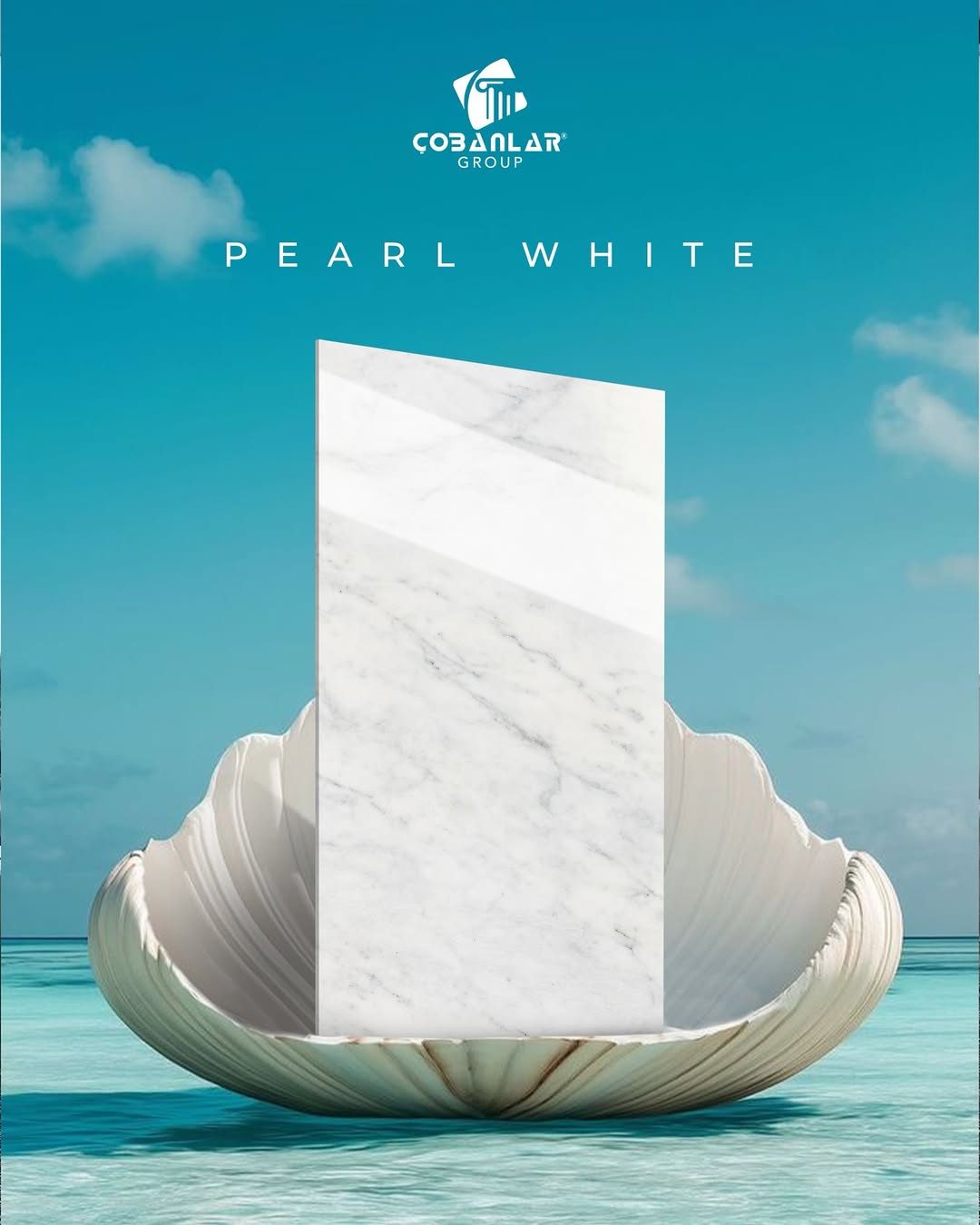
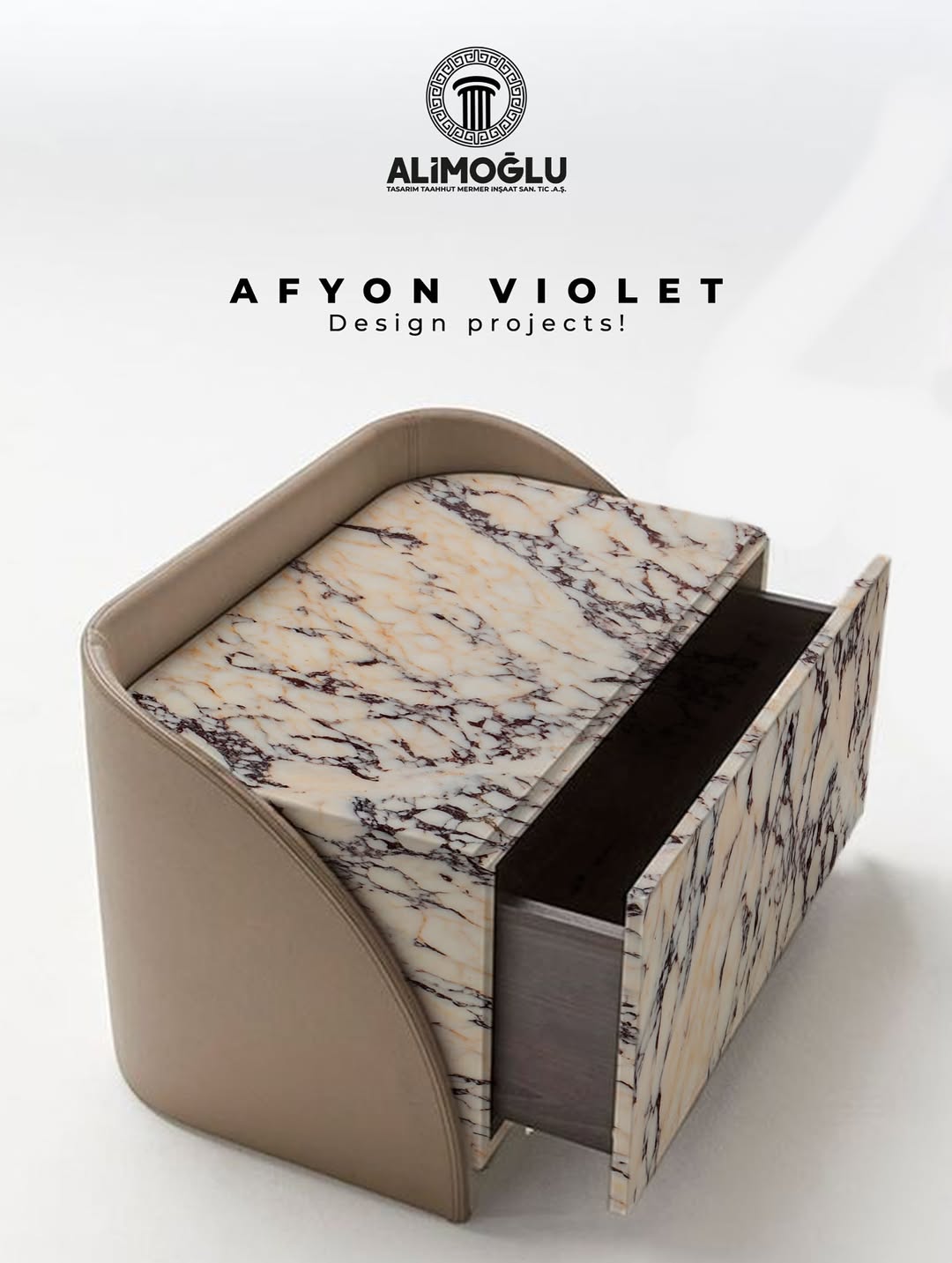

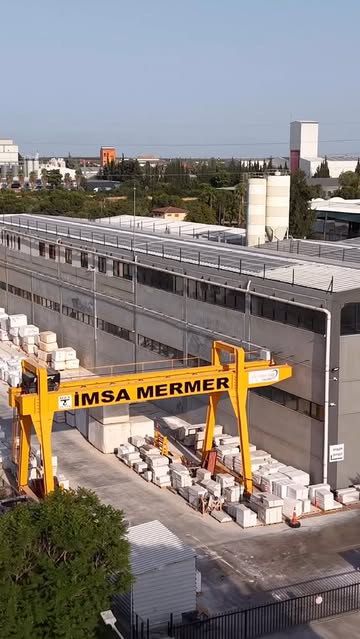
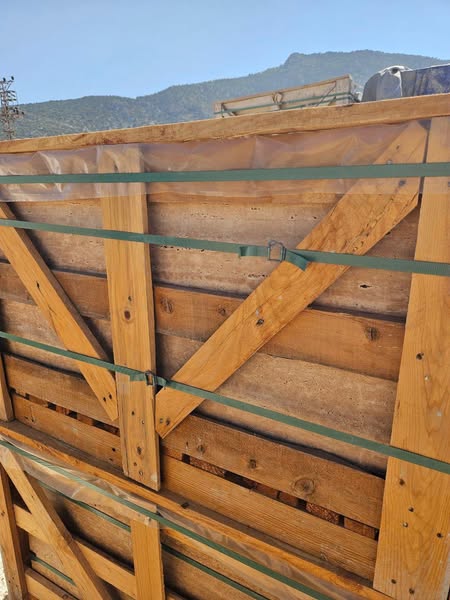

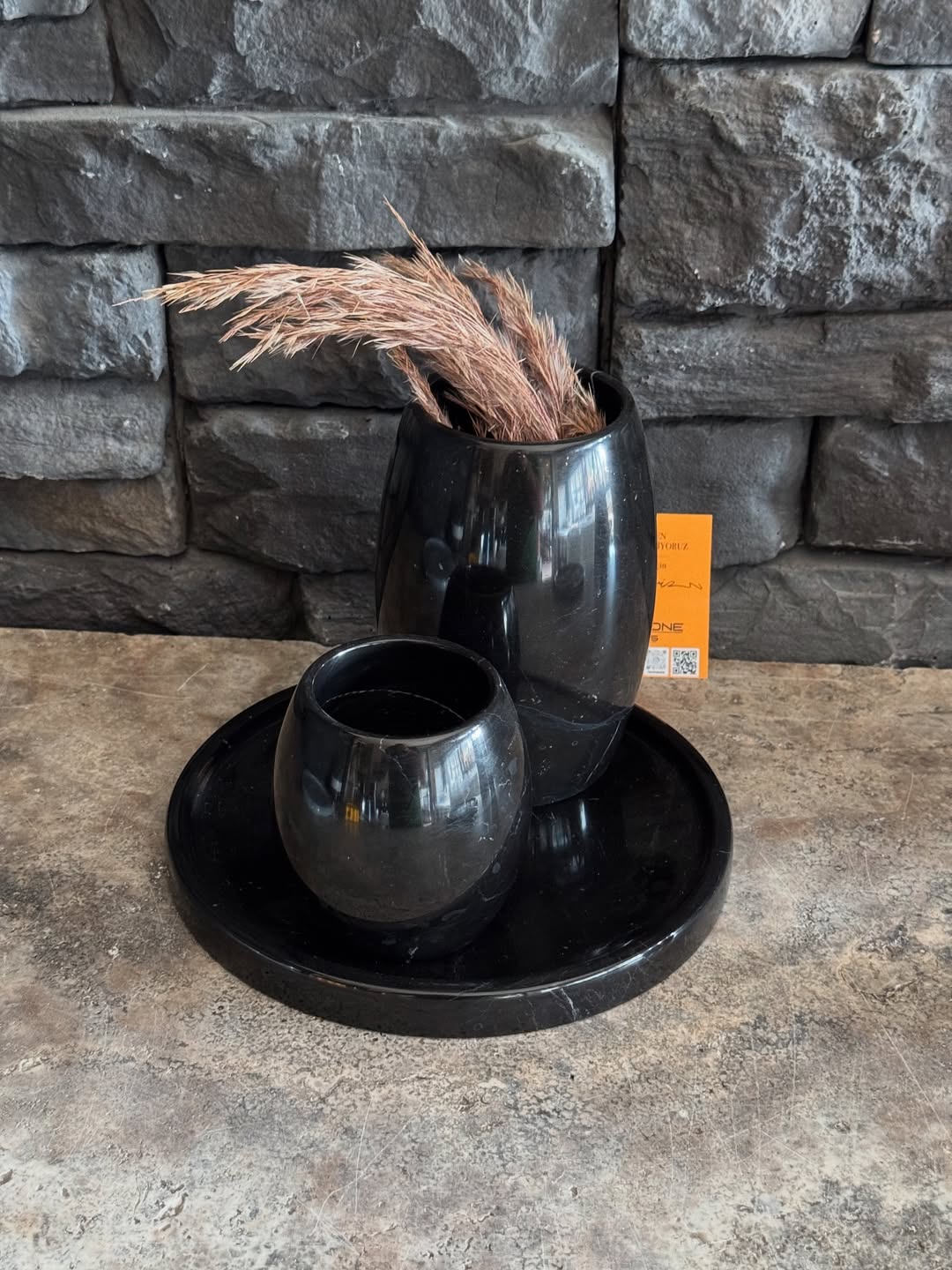
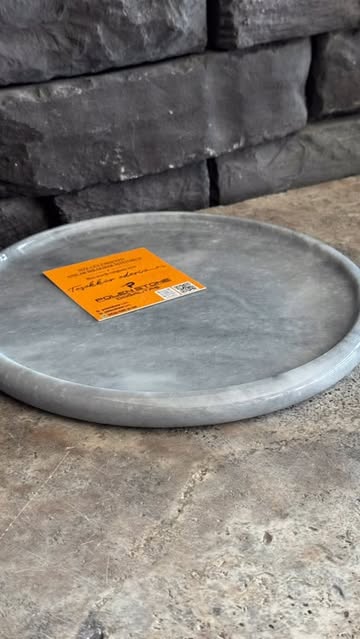
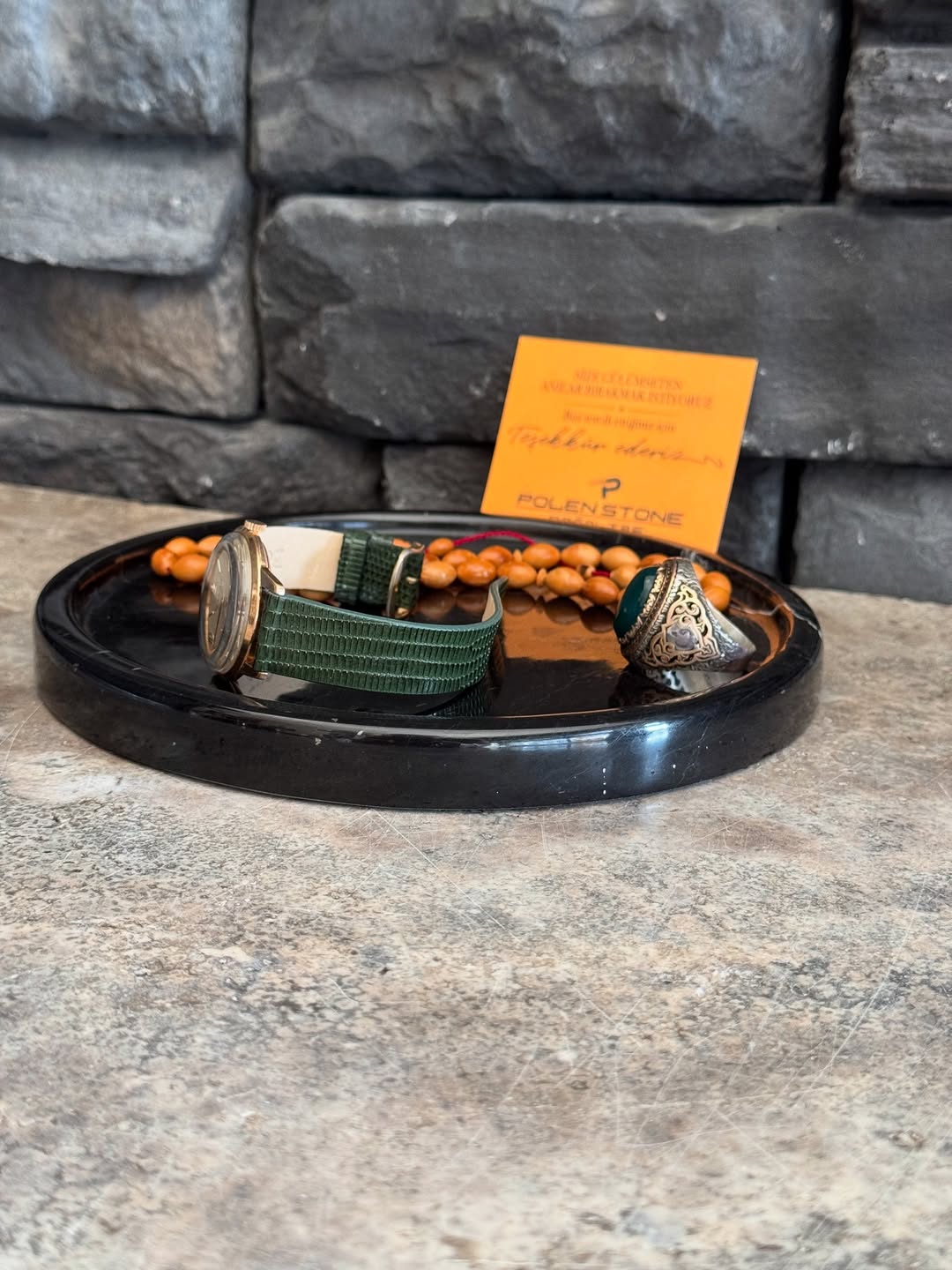
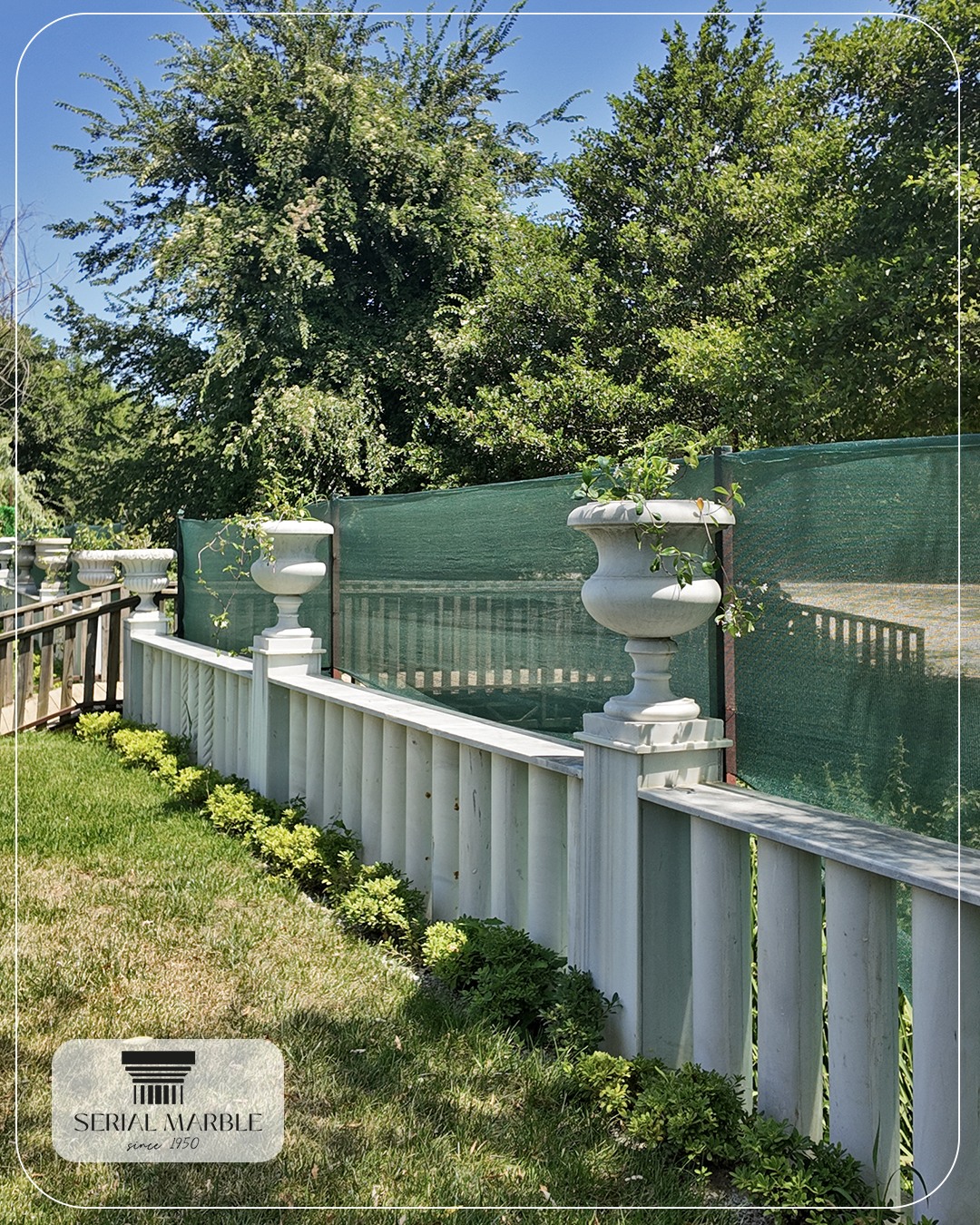
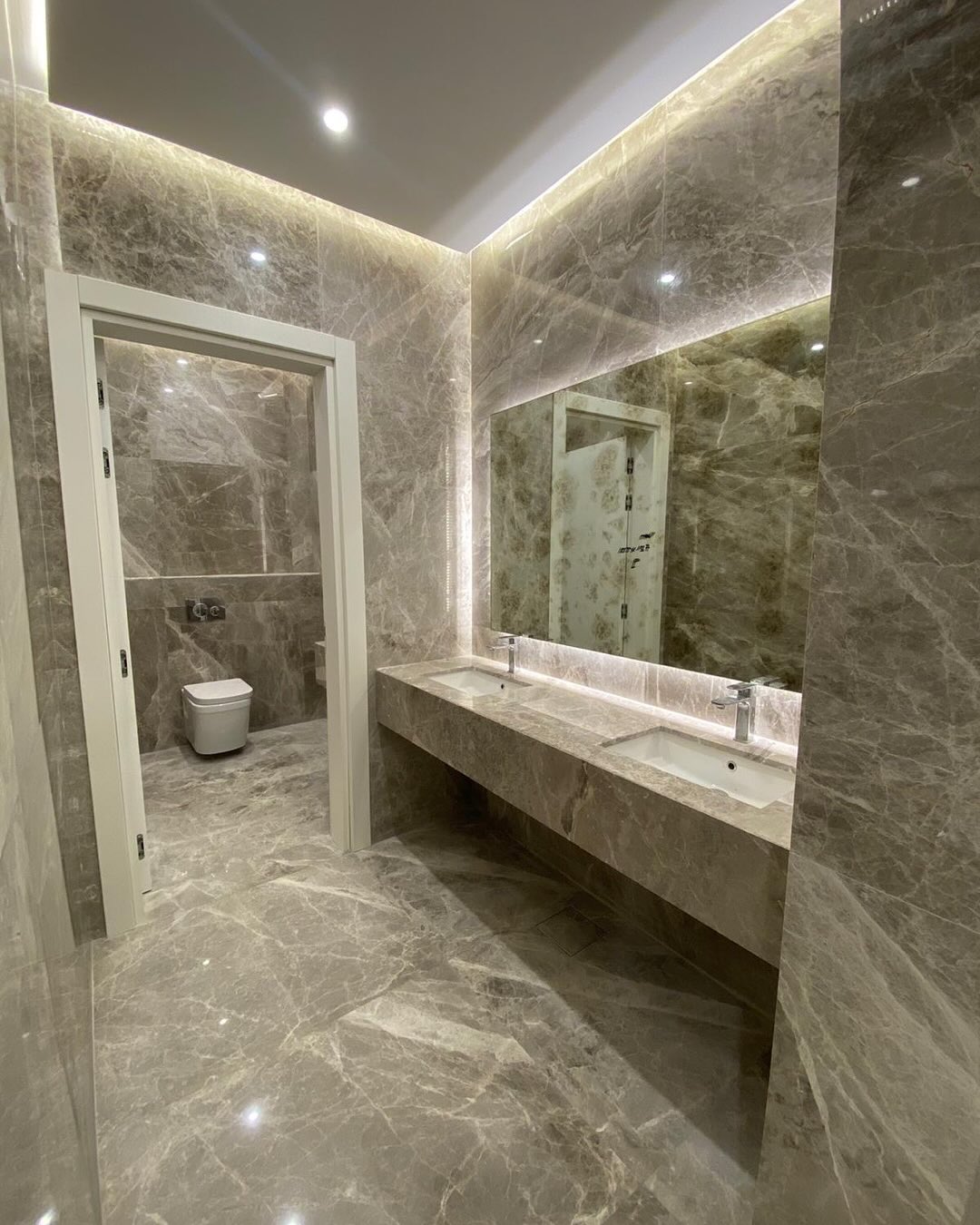
Yorumlar
Yorum Yap